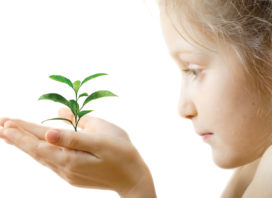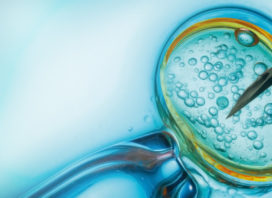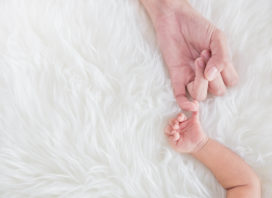THE PHYSIOLOGY OF FERTILITY

Female reproductive system
The female reproductive system comprises internal and external sex organs.
Internally, the reproductive system of a woman comprises two ovaries, which contain follicles and are responsible for the development of egg cells as well as the production of female hormones. Ovaries are connected with the womb through fallopian tubes. The fertilization of the egg cell by the sperm cell takes place there; then, the fertilized egg travels to the womb, which hosts the embryo throughout pregnancy. The internal sex organs also includes the cervix, the lower part of the womb, which is connected with the vagina. The vagina has external and internal parts and connects the womb with the exterior of the body; it is the natural exit for the baby when delivered naturally, while also being the blood outflow point during a woman’s period.
Externally, the skin that protects the vagina from foreign bodies is called “labia majora”, while the “labia minora” are found inside, playing the same protective role. The sensitive organ that is located above the vaginal opening is called clitoris, which may not affect reproduction per se, but does affect female orgasm, which creates ideal conditions for conception. To the front and above the pubic bone is the pubic region, which is covered by hair to protect the vulva. Finally, between the legs, from the vagina up to the anus, we find the perineum. This is essentially the muscles that support the womb, the urinary bladder and the intestine.

















